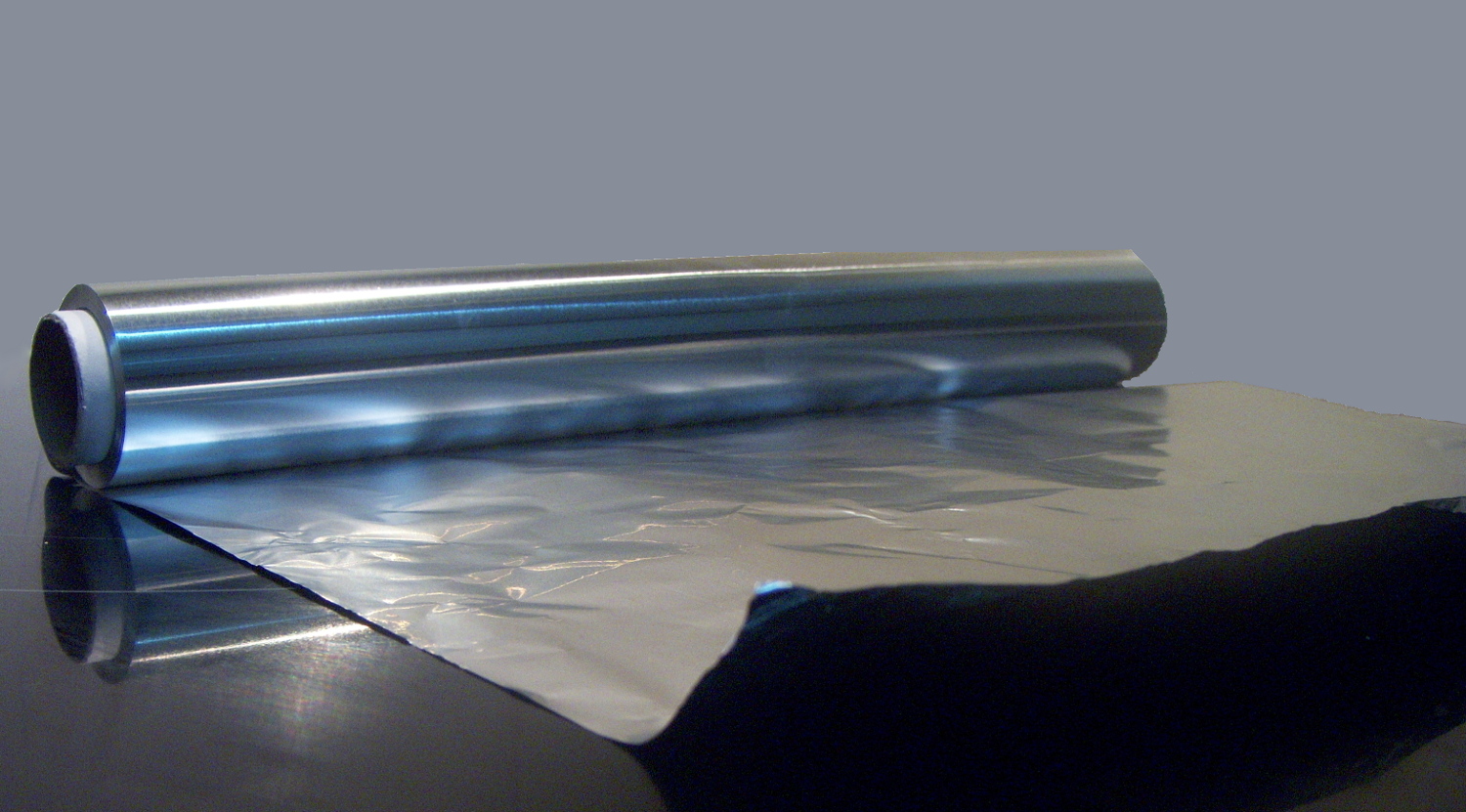Views: 0 Author: Rachel Wynn Publish Time: 2025-06-13 Origin: Site











Aluminum foil is one of the most widely used materials in both everyday life and industrial settings. From wrapping food and lining baking trays to insulating cables and HVAC systems, its versatility is unparalleled. Yet when viewed through the lens of chemistry, a more nuanced question emerges: is aluminum foil a pure substance? Understanding the answer requires a closer look at its chemical composition, how it's produced, and the scientific criteria that define a pure substance in modern materials science.
To determine whether aluminum foil is a pure substance, we first need to understand what a pure substance actually is. In chemistry, a pure substance is a material that consists of only one type of particle. This can be:
Elements: Substances made of only one kind of atom (e.g., aluminum, oxygen, gold)
Compounds: Substances made of two or more elements chemically bonded together (e.g., water, carbon dioxide)
Pure substances have uniform and definite physical and chemical properties. A mixture, on the other hand, consists of two or more substances physically combined, and its composition can vary.
Aluminum foil is made primarily from refined aluminum metal, which is extracted from bauxite ore via the Bayer Process and then further refined through electrolysis. The aluminum used in foil typically falls in the range of 92% to 99% purity, depending on the grade and manufacturing requirements. The small percentage of additional elements classifies aluminum foil as an alloy — a metallic mixture, rather than a pure substance.
| Element | Approx. Percentage in Foil | Purpose |
|---|---|---|
| Aluminum (Al) | 92–99% | Main structural element |
| Iron (Fe) | 0.2–0.5% | Increases strength and resistance to tearing |
| Silicon (Si) | 0.1–0.3% | Enhances malleability |
| Trace Elements (e.g., Cu, Mn) | <0.1% | Improve electrical conductivity and corrosion resistance |

From a scientific and chemical classification standpoint, aluminum foil is a mixture — specifically, a homogeneous alloy. Although it may appear to be a single, uniform material, the inclusion of other elements means that it does not meet the strict definition of a pure substance.
In daily conversation, many may refer to aluminum foil as "pure aluminum," but this is a simplification. The foil’s properties are tailored by alloying, which modifies its strength, flexibility, and corrosion resistance, making it more functional and durable for industrial and household use.
Aluminum foil is produced by rolling large slabs of aluminum into thin sheets through a series of heavy-duty industrial rollers. This rolling process compresses the metal and gives it its familiar thin, flexible form. During production, lubricants and cooling agents are also used, which are later removed to ensure food safety and cleanliness.
Food Packaging: Non-reactive surface and excellent barrier against light, moisture, and contaminants
Insulation: Reflective and thermally efficient in construction and HVAC systems
Electronics: Used in capacitors, shielding, and EMI protection due to its conductivity
Automotive & Aerospace: Lightweight shielding and heat-resistant wraps

No. Commercial aluminum foil contains small amounts of other metals that make it an alloy, not a chemically pure element.
Because the elements in aluminum foil are not chemically bonded in fixed ratios. Instead, they are physically blended, which classifies it as a mixture.
Yes, ultra-high-purity aluminum (up to 99.999%) exists, but it is expensive and reserved for laboratory or semiconductor applications, not commercial foil products.
Absolutely. The added elements are present in very small amounts and are carefully regulated. Aluminum foil remains safe for cooking, food wrapping, and industrial use.
Manufacturers often provide Material Safety Data Sheets (MSDS) or technical datasheets with specific alloy information.
While aluminum foil may seem like a simple, pure material, it's technically a homogeneous mixture — a carefully engineered alloy designed for strength, flexibility, and safety. Although it isn't a pure substance in the strict chemical sense, its performance and utility across countless industries make it an incredibly valuable material. Understanding its composition helps clarify not only its classification but also the reasons behind its widespread adoption in both domestic and industrial settings.






